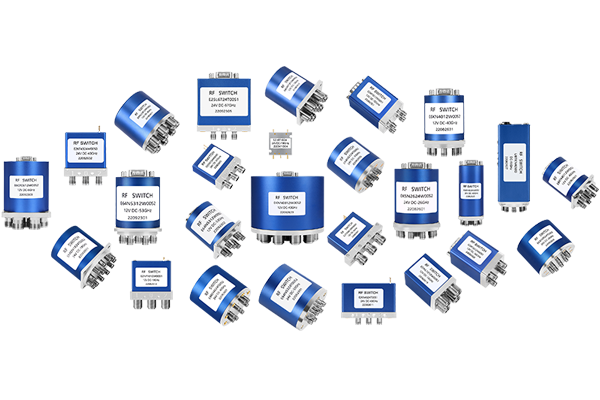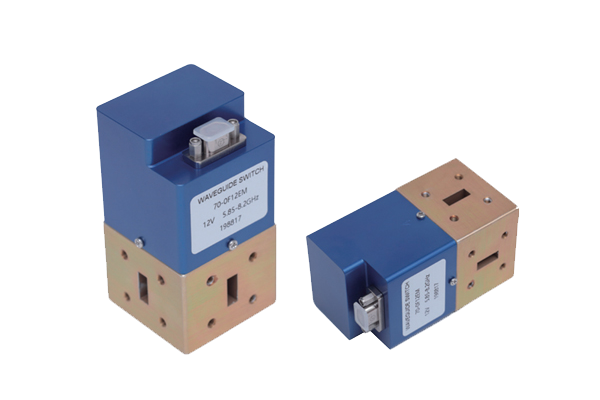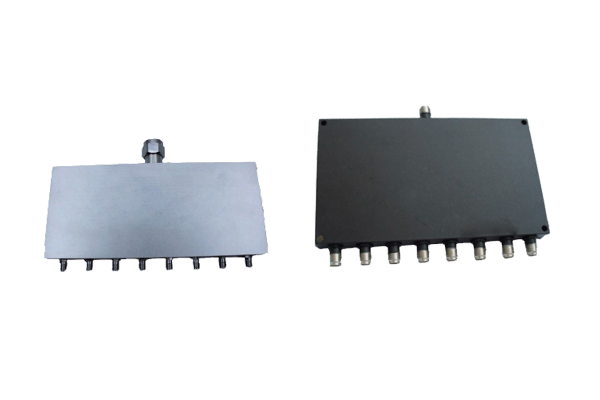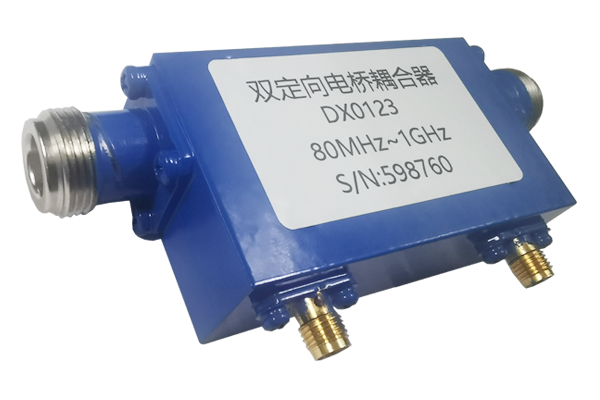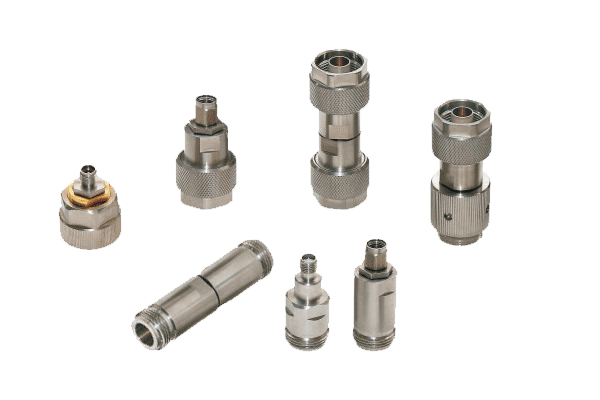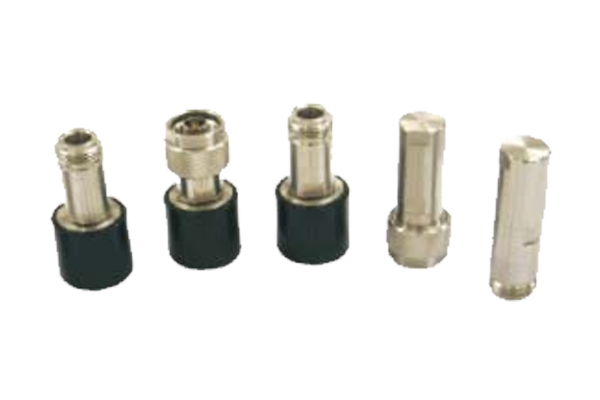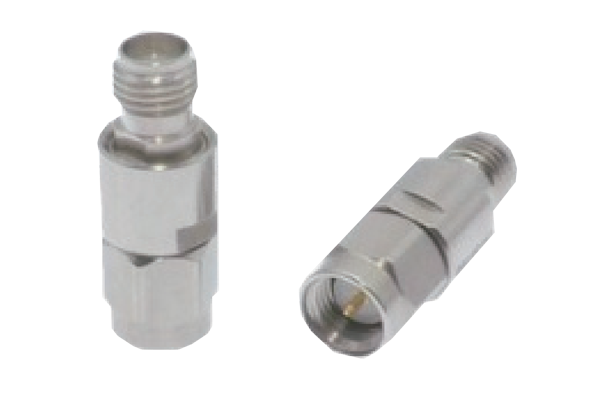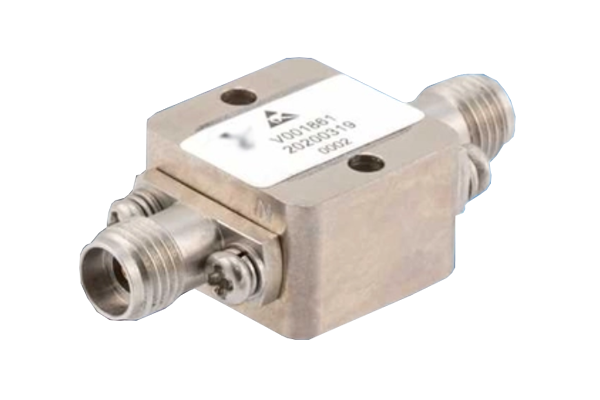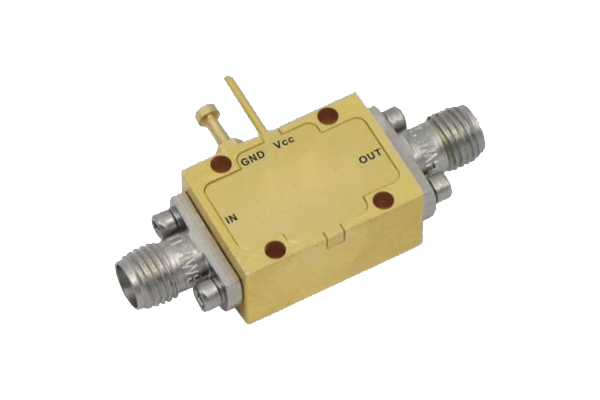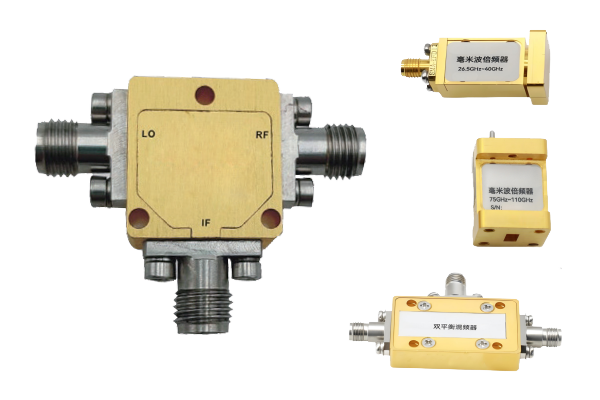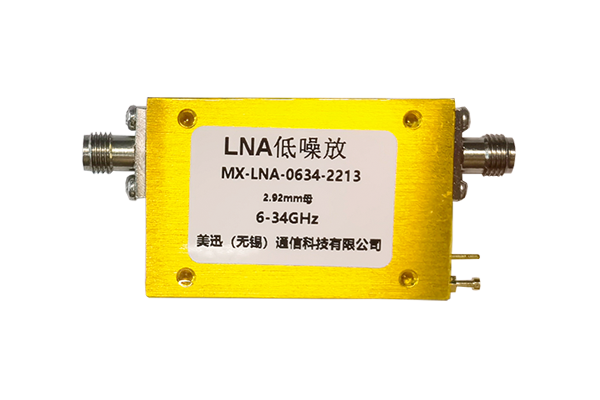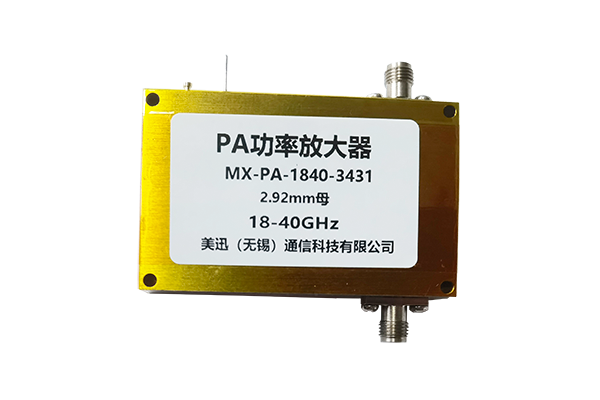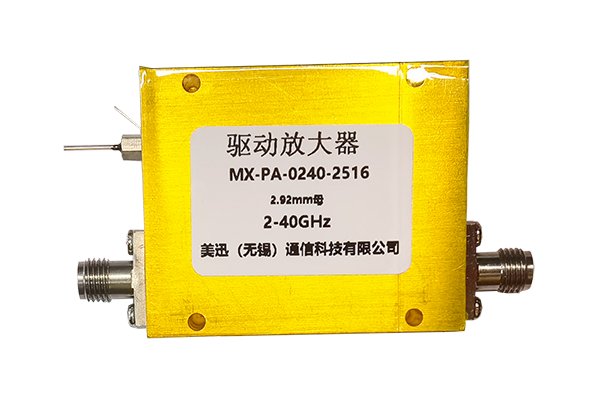How to Match Impedance in an RF Power Amplifier
RF Power Amplifier Impedance Matching Guide
Essential steps for optimal performance and signal integrity
Foundation for Effective Matching
- Define actual impedance characteristics of the RF power amplifier input/output terminals
- Measure impedance parameters of connected pre- and post-amplifier stages
- Use professional impedance measurement tools for accurate data
- Obtain impedance values and phase information across operating frequency bands
- Understand impedance variation with frequency for precise matching
Creating Efficient Signal Pathways
- Select appropriate matching network structure based on measured impedance data
- Choose from L-type, π-type, or T-type topologies
- Consider operating frequency band, power level, and bandwidth requirements
- Ensure network adjusts amplifier impedance to consistent state with pre/post stages
- Minimize reflection loss while controlling insertion loss
Quality Components for Stable Performance
- Choose components with stable high-frequency characteristics and high parameter accuracy
- Select capacitors with low high-frequency loss
- Consider inductor parasitic parameters' impact on high-frequency signals
- Ensure resistors meet power handling and accuracy requirements
- Verify component package compatibility with RF power amplifier structure
Fine-Tuning for Optimal Results
- Test and optimize matching effect after network assembly
- Use RF testing instruments to monitor signal reflection and power transmission efficiency
- Fine-tune component parameters based on test results
- Adjust capacitor capacitance or inductor inductance to reduce reflection loss
- Monitor matching stability across different operating frequency bands
Technical Note: Proper impedance matching is critical for maximizing power transfer, minimizing signal reflection, and ensuring the RF power amplifier operates efficiently across its designed frequency range.



